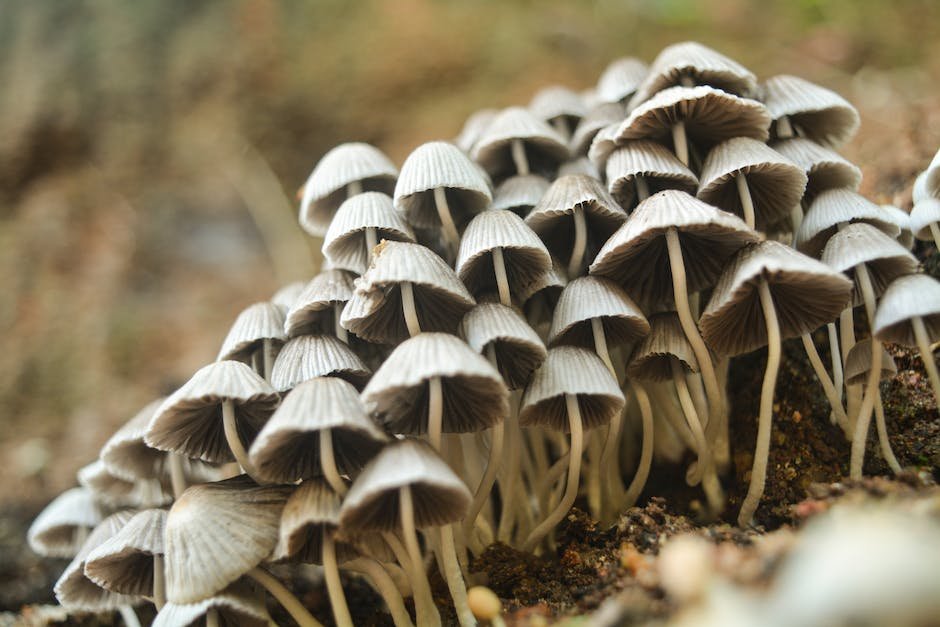When it comes to nutrition, people often times get very confused as there are so many different terms that seem similar but mean completely different things. Therefore, in this article I will go over some of the most common nutritional terms and what each one means.
I will also include an easy way to remember these terms for later use. So, stay tuned and read on!
Disclaimer: The information contained within this page should be used to determine if a diet is appropriate for you, not to recommend any specific diet. Each individual’s health situation may differ at this website from those written about here.
You must check with your doctor before starting any new diet or exercise program. In addition, you should have a full medical examination before beginning any weight loss effort.
Remember, no single diet can work for everyone. People’s bodies respond differently to various foods, and individuals have different metabolisms.
The wrong food could make someone’s symptoms get worse instead of getting better. Also, just because something works for another person does not mean it will work for you. Try eating several variations of the product to see if it works for you.
Definition of a teaspoon

A teaspoon is 0.7 grams or 1 tablespoon. One way to remember this is that a one tablespoons worth of sugar equals a full spoon of salt! (That’s not very healthy I know, but it works for us.)
So if you were making, say, chicken parmesan, then two tablespoons of olive oil would be enough to fry the pasta as it can stick slightly.
Ate too much and go back for more carbs 😛
One additional tip about measuring liquids with a scale is to hold your liquid level just above the marker line until the liquid reaches that mark. This ensures that there is a little bit of room to measure a normal amount, instead of having an empty bowl when you set the bottle down!
General tips: When measuring baking powders and supplements such as dried fruits, try to ensure that they do not sit exposed to air for longer than 5 minutes. Some recipes require these products to react with other ingredients, and this could change how much product you have!
And finally, make sure to write down what you eat! Use food app pictures and compare yourself now with what you wrote last week– we’re talking serious progress here!”
Topic and bullet point rewiritered as desired.
This article will help you keep track of your diet by offering advice in different areas.
Conversion between teaspoons and tablespoons
The number of grams in one tablespoon is determined by how much measure you have to use for that amount. There are actually two different ways to calculate this, depending on whether you want to know the total amount of sugar or fat in your recipe.
The first way uses cups as our standard measurement, but there’s no reason to stick to just plain old cup measurements. Because 1 teaspoon = 4 mL, we can simply divide our wanted amount of ingredients by four to get the appropriate amount of cups. For example, if you wanted three tablespoons of olive oil, then three times five is fifteen, so one half of that is eight ounces (eight cups).
This method works great for sugars because you can easily multiply the amount of sugar by the number of cups it goes into. You would just need to remember to subtract the original weight of the sugar from the total. This is not true for fats though- dividing by an integer will always round down, making sure you never have enough!
Because oils do not really go away even when you empty the measuring cup, using volume instead may be more accurate. Simply pour some of the ingredient onto a glass bowl until it covers the same area as the quantity of the other component, then add this amount to the original volume and convert accordingly.
Calculate how many tablespoons are in a certain amount of food

Sometimes, instead of asking yourself what you need to make a meal or snack, you should be asking yourself what is enough! This is called eating into it. For example, if you were given one bag of salad mix and asked how many individual bowls of salad that would fill, the answer is just one bowl per person.
The same goes for some types of meat or vegetables. If you have an adequate supply then you can probably get by with less. You do not need a lot more than what we gave you because you will likely eat it all before the end of the day.
We know people who consume very little rice but believe me when I say they are very common at work during meetings and/or conferences. They seem to run out about three hours later, so there’s always a plentiful supply left over.
Calculate how many tablespoons is in a serving of food
When it comes to nutrition, one important thing to know is what kind of foods have enough nutrients and what you should be eating more of.
One of the most common ways to determine if your diet has enough vitamins and minerals is by looking at the average number of teaspoons of each nutrient that an adult should have per day.
The American Heart Association (AHA) recommends us to consume three to four cups of fruits and vegetables every day. One cup equals about half a pound for both berries and other fruit like apples, oranges, and bananas. A vegetable can make up one cup as well, so choose lots!
To make sure you’re getting all the right vitamins and minerals, there are some general recommendations. For example, we recommend 1-2 cups of milk or other dairy products per day. We also suggest 5–8 ounces of meat or other protein per meal.
But when it comes to veggies, something that is often forgotten is how much water they contain. Almost every piece of produce has a nutritional label with a percentage of daily value (DV). These percentages tell you how much of the particular vitamin or mineral a given amount of the plant contains.
Tips for measuring correctly

The second most important thing to know about nutritional supplements is how to measure them properly. Most people start by looking at the bottle and estimating how much product they have, or counting all of the ingredients and multiplying it together. Both of these practice bad habits that can waste your money and energy.
Too many things can affect how much truth you find in your supplement label. For example, not only do different manufacturers use different amounts of table salt per volume, but some add flavorings to help mask the taste of the medicine. There are even cases of companies adding filler substances such as cellulose to make sure everyone gets their fair share!
Measuring products correctly will save you time and money in the long run. Here are some tips to do just that.
Always use the correct measuring spoon for the correct measuring ingredient

This is one of those tricky math concepts that people seem to get confused easily. When you are adding ingredients with different measurements, it can become very confusing as to which measurement you should use in your recipe!
To make things even more complicated, some recipes have different guidelines depending on whether they are being followed as a beginner or advanced cook. It is best to just be familiar with the basics of using spoons and cups at least until you understand how many tablespoons are in a cup and what color liquid each tablespoon represents.
So let’s take a look at an easy way to figure out the number of teaspoons in 500 ml of water.
First, we will need to know what temperature the water is. Water freezes at 0 degrees Fahrenheit and boils at 212 degrees F. Using our digital thermometer, find the temperature of the water and then calculate the boiling point by subtracting the freezing point from the boiling point.
Once you have that figured out, measure the volume of the water in a clear bottle and write down that value. For this article, we will use 1 liter of water.
Now, go back up to the dry ingredient section and pick a common ingredient such as sugar. Measure out the same amount of sugar that corresponds to the same number of grams. In this case, we will use one half a bag which is two tablespoons.
Next, add the wet ingredient (the water and the sugar) into the pan and mix well.
Never use a measuring cup as a substitute for a measuring spoon

There is an old cliché that says “a teaspoon of sugar can make a difference” in how well you cook food. This saying seems pretty obvious, but many people mistakenly believe it to be false!
Some say that if your recipe calls for one tablespoon of something, then you should instead put three tablespoons into the mixture. The reasoning behind this theory is that you would get similar results less sugar in your cooked product.
This isn’t true at all!
By using a measuring cup as a substitution for a regular serving spoons, you will actually have too much sugar in your finished product. That extra liquid cannot evaporate or disappear when baking, cooking, or making sauces.
Use oil to measure your spices
Although there are some recipes that call for just using a few drops of olive or coconut oil, most recipes require at least one teaspoon (5 ml) of extra virgin olive oil or coconut oil per 500 mg of spice.
To make sure you have enough oil in the recipe, add an additional 1-2 teaspoons ( 5–10 ml) of olive oil or coconut oil if necessary after measuring the spices.
You can always throw out leftover oils, but not all dried herbs and seasonings are completely dissolved into the finished product. Some remain as a powder which will still taste fine, but only if you use enough liquid to wash down the spices.
General tips: remember that brighter colors indicate higher concentrations of chemicals so stay away from very strong flavors like pepper or chili powder unless they’re needed.


















